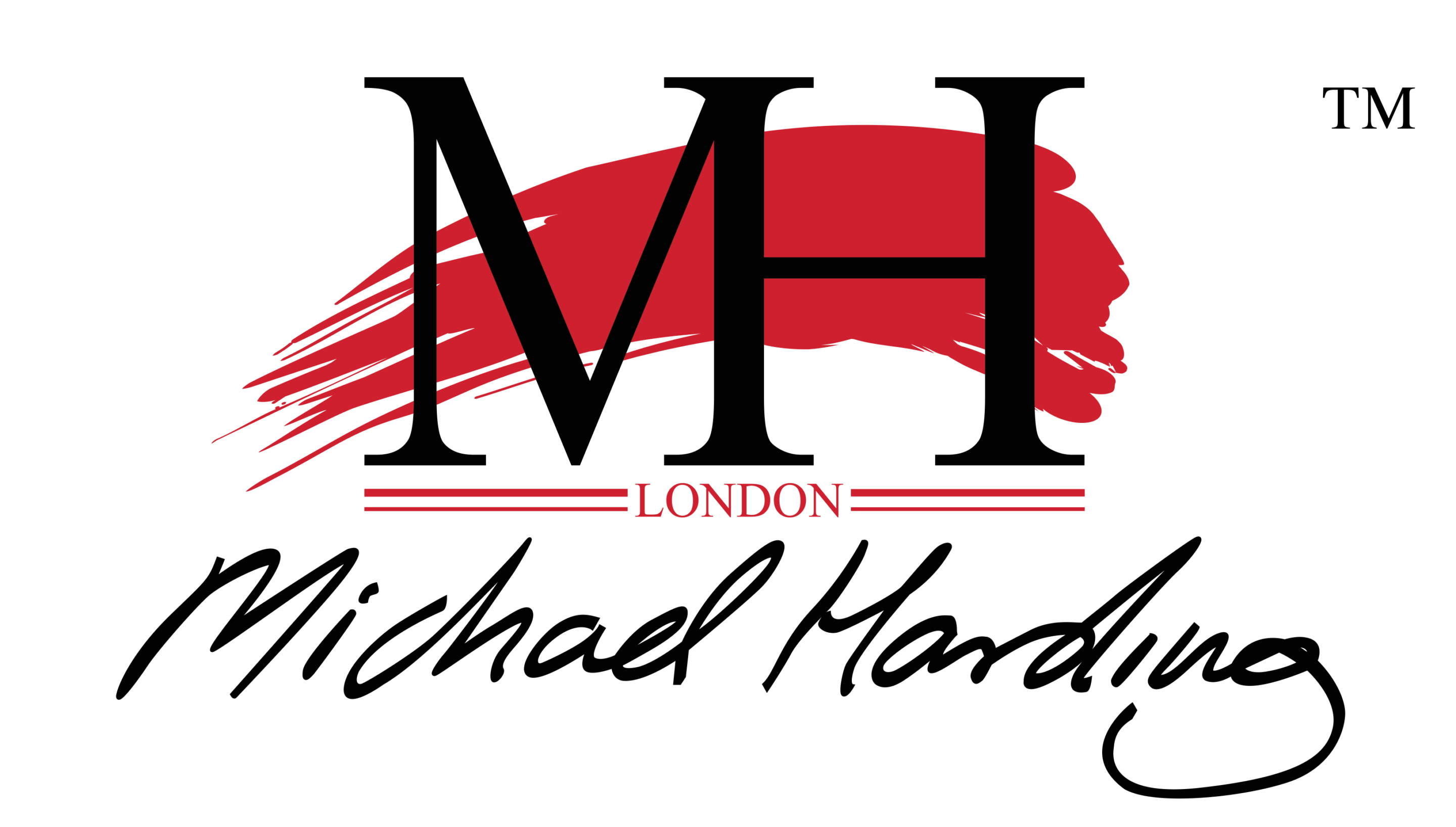This is a common term for method (i)above, and is clearly the one familiar to most painters today. It must seem self- evident to us that mixing distinct colours (e.g blue and yellow) produces others, but to the medieval artist this appears to have been unknown. Since glazing alone could not create a painting, however, 15th century painters must have quickly realized how easily the new oil paint permitted direct mixing. The role of such mixing was enlarged by changes in artistic sensibility: as early 18th century painters inclined towards brighter, cooler and more even lighting in their works, their handling became far less reliant on glazing and more dependent on opaque layers instead. I have never found any trace of “optical” greys in Tiepolo, for instance, who frequently appears to work passages in one bravura period. David, in his mature works, would develop a painting from freely brushed stippled veils of colour or frotties,on which he would precisely model with opaque paint. This method was best adapted to the exact draftsmanship he pursued.
The Romantic reaction to Neo-Classicism led to a rejection of David’s careful handling, but a painter such as Delacroix , though he admired Rubens, did not revive Baroque methods, and instead pioneered the combining of colours by juxtaposition (see below). As the 19th century progressed artists such as the German Nazarenes and the English Pre-Raphaelites attempted to revive glazing in their own eccentric procedures, but generally Realist and Impressionist movements urged artists to adopt wet-and wet alla prima methods in which drawing and painting would be accomplished together using the newly-available tube colour and also the newly formulated pigments.
